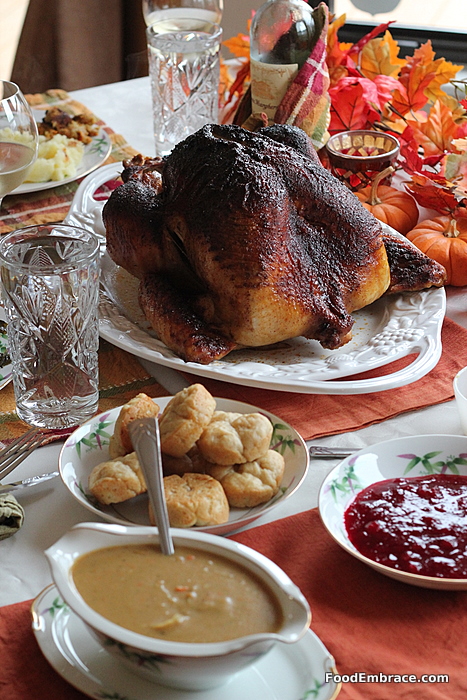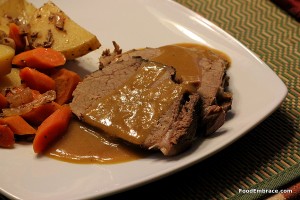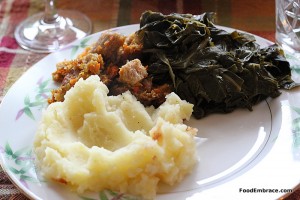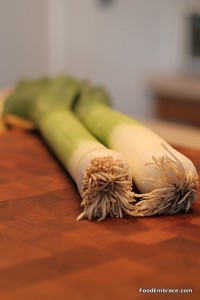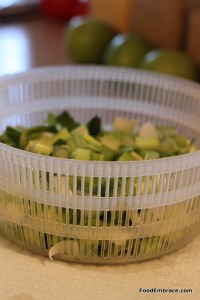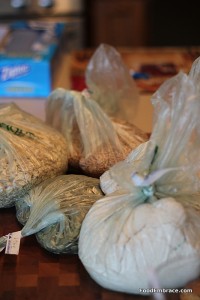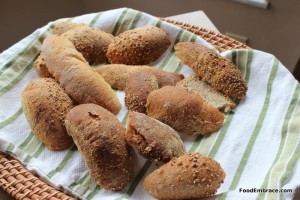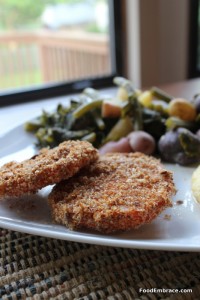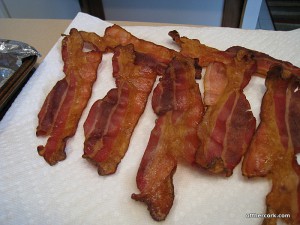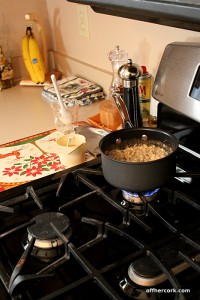 I was getting caught up on my recipes making sure I had them typed out and ready to post when I realized that I talk a lot about using a high sided skillet. Then it occurred to me that maybe people don’t quite know what that is? Maybe it’s called something else in your house or maybe you’ve never seen one.
I was getting caught up on my recipes making sure I had them typed out and ready to post when I realized that I talk a lot about using a high sided skillet. Then it occurred to me that maybe people don’t quite know what that is? Maybe it’s called something else in your house or maybe you’ve never seen one.
Because of that, I thought I should talk about it and it would be a great way to kick off the Kitchen Essentials Series. There are several kitchen items I consider “must haves”. Basic things that you need to help make things easier in the kitchen for you and things that help you create the best meals that you can.
Kitchen Essentials don’t have to be super expensive items but they shouldn’t be cheap either. Remember, these are things that are helping you create awesome meals that you are serving yourself, family, and friends. You want them sturdy, durable, and able to withstand lots of use.
So let’s get started with the first Kitchen Essential!
High Sided Skillet or Saute Pan
I looked it up online and this item is referred to as a “Saute Pan” so that’s what I’m going to call it from now on as well. That seems more universal though I may also put “high sided” in parentheses just to be super clear on what I’m referring to.
I cannot live without the Saute Pan. It’s perfect for making just about everything you can think of, from sauces, to stir-fry, to sauteeing up things from veggies to chicken. Next to my chef’s knife this is the most used item in my kitchen. No joke.
I use it so much that I want another one and I would like a larger one. Most Saute Pans are about 3.5 to 5 quarts which is a very decent size to get you started.
Things to look for when buying a saute pan:
Make sure that it can also go in the oven. Trust me on this, it is very handy to be able to toss your pots and pans in the oven to allow items to finish cooking. I place mine in the oven typically when I am wanting a meat to finish cooking. Things from stuffed chicken breasts, to pork chops can finish off in the oven. Even pasta dishes, maybe you have a pan full of pasta and sauce that needs some cheese melted on top. Sprinkle on the cheese and give it a minute in the oven. All you have to do is turn off the stove heat and put the saute pan right on the oven rack. Just remember to use a pot holder when checking on it or removing it!
Skip the old school non-stick. If you are looking for a non-stick style, go with hard-anodized. This is not like the slip-n-slide teflon old school non-stick that can flake off and then you ingest. Lovely, no? Hard Anodized is hardened and is extremely durable. It is made for high heat and food doesn’t stick to the bottom. For a more scientific description, you can check here. If you are curious and want more information, a Google search will provide you with a bunch.
Otherwise check out stainless steel pots and pans. You’ll need to make sure that you use enough oil for cooking so that the food doesn’t stick but you will be able to use metal utensils with them.
Hard-Anodized is supposed to be able to resist scratches but I take caution and use either wooden or silicon utensils with my pots and pans.
Make sure it comes with a lid so that if you’re simmering sauces, you don’t have to worry about splatters all over your stove top.
My saute pan is my go-to pan for just about everything under the sun. I adore it so much and would be lost without it!
Do you have a saute pan? Do you use it very often? If you don’t have one, will you be purchasing one soon?

